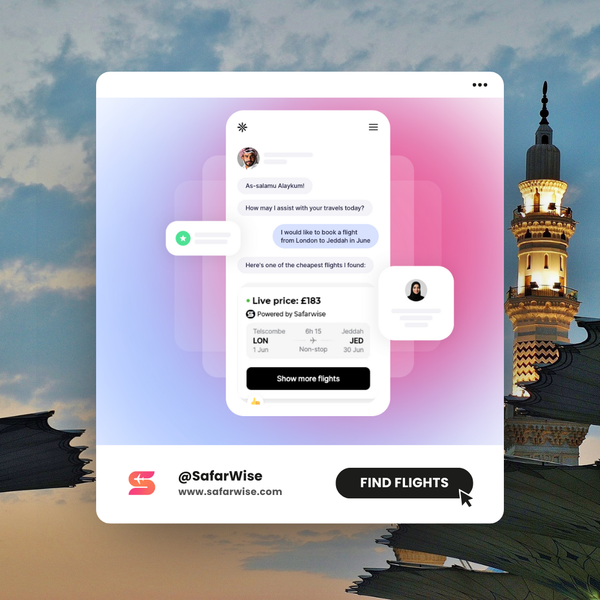Building a Private AI Data Assistant

Introduction
E-commerce brands run on data. Sales data, channel data, inventory data, and ERP records. But for many teams, this data doesn’t feel like an asset, it feels like a burden.
Recently, an e-commerce brand came to Engycs with a challenge. They sell across multiple channels, Shopify, Amazon, Zalando and use SAP as their ERP backbone. Their analysts were drowning in data. Finding answers to even basic business questions could take hours or days.
Their idea was bold but practical: build an internal AI data assistant that could sit on top of their existing infrastructure, without sending sensitive information to the cloud.
The pain point: too much data, too little access
The company had millions of rows of sales and product data across channels. But the reality was messy:
- SAP handled core ERP processes.
- Shopify, Amazon, and Zalando each produced their own unstructured exports.
- Analysts were manually extracting, cleaning, and merging files.
As one analyst put it: “It feels like I spend more time hunting for numbers than analyzing them.”
The result: slow insights, missed opportunities, and frustrated teams.
Why a private AI assistant?
Public cloud AI tools were not an option. Data security and compliance concerns made the leadership cautious. Sensitive pricing, supplier, and customer data couldn’t risk being exposed.
Instead, they wanted a local AI assistant:
- Runs within their secure environment.
- Connects directly to SAP and channel exports.
- Answers natural language queries instantly.
The goal wasn’t to replace analysts. It was to give them leverage.
Step 1: Defining the questions that matter
Before writing a single line of code, we mapped the actual questions the team asked most often. These included:
- “What were our total Amazon sales for Q4 last year?”
- “Which SKUs sold best on Zalando in summer?”
- “How do Shopify sales compare YoY by category?”
And for advanced users:
- “Predict next month’s sales for top 20 SKUs based on historical channel performance.”
These became the test queries for the prototype.
Step 2: Building the prototype
The architecture was simple but powerful:
- Data ingestion: local connectors pulled exports from Shopify, Amazon, Zalando, and SAP into a unified staging area.
- Vector database: sales data indexed for fast semantic search.
- Private model: an open-source LLM fine-tuned and deployed inside their environment.
- Interface: a web app where analysts and managers could type plain questions.
No API calls left their firewall. Every query stayed local.
Step 3: Testing with real users
We rolled out a demo to a group of 10 analysts. The test was straightforward: could the assistant answer their daily questions faster than manual work?
The results were clear:
- Queries that took 3–5 hours (e.g., pulling multi-channel reports) now took 30 seconds.
- Analysts used the extra time to run predictive models, instead of just cleaning data.
- Even managers with no SQL skills could get insights directly.
Predictive analytics in practice
One powerful outcome was using the assistant for forecasting. By combining historic sales data with seasonality, the prototype could highlight likely demand spikes.
Example: it flagged that one product line on Zalando was trending earlier than the previous year. That insight let the brand adjust inventory planning weeks ahead of time.
Research insight: the cost of slow data
According to Accenture, companies lose up to 20% of productivity because employees can’t access the right data at the right time.
This brand was a textbook case. Their analysts were skilled, but bottlenecked by bad access. By introducing an AI layer, they unlocked value hidden in their own systems.
Results after the prototype
- Analyst hours saved: ~25 hours per week across the team.
- Query response time: reduced from days to seconds.
- Adoption rate: 80% of analysts used the assistant daily within the first two weeks.
- Predictive wins: better inventory planning, less overstock.
Why private matters here
This wasn’t just a technical win. It was a cultural one. The leadership felt comfortable because no data ever left their environment. That gave them the confidence to expand usage across departments.
And unlike shadow AI use (analysts pasting data into ChatGPT), this assistant was compliant and secure.
Takeaways
- Start with real questions. The prototype worked because it targeted specific analyst pain points.
- Keep data private. Privacy isn’t optional when dealing with ERP and sales systems.
- Focus on leverage, not replacement. Analysts stayed in control, but got superpowers.
- Move fast. From kickoff to demo, the project took less than a month.
Closing
At Engycs, this project reinforced our core belief: AI adoption isn’t about buying a tool. It’s about building prototypes that fit real workflows, on the company’s terms.
For this e-commerce brand, a private AI data assistant turned data from a bottleneck into an advantage.
👉 If you’re sitting on mountains of data but struggling to use it, now is the time to test a private AI prototype.




